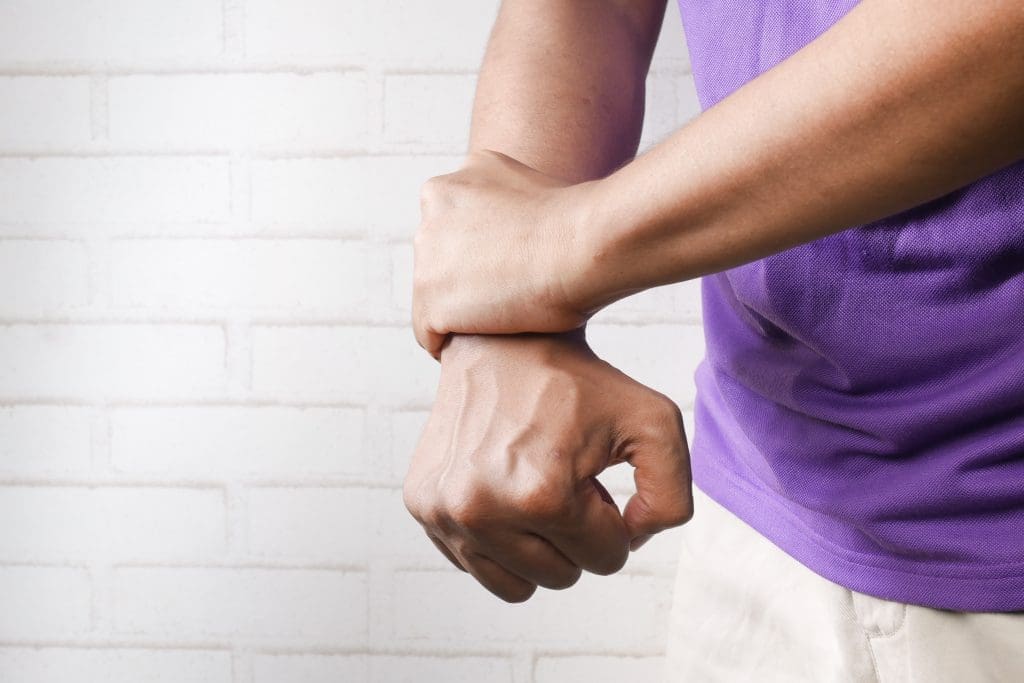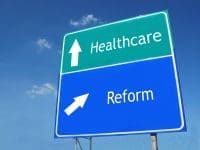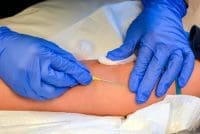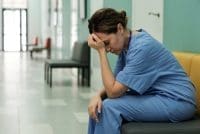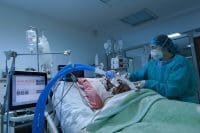The direct relationship between failing ovarian function and an increase in bone loss and fractures was one of the earliest observations in the history of the science of endocrinology.
SKELETON (BONE): Here is one part of the body that is dramatically impacted by hormones. I always quote a question I once heard a friend of mine’s 12-year-old son ask him: “Dad, why are grandmas always so short?” Let me explain why.
If you have ever seen or felt a real skeleton, the thought must cross your mind that bone is a pretty permanent substance; once developed, never changing. This is just so far from the truth. Like every other part of the body, bone is dynamic. It is constantly renewing itself in a process called bone remodeling.
Bone remodeling is a delicate balancing act. As bone ages, it becomes brittle, and brittle bones break more easily. The body needs to get rid of the brittle bone and replace it with new strong and flexible bone. This balance is maintained by a process that has to take out the old bone (bone resorption) and replace it with new bone (bone deposition).
As a child grows, there is a heavy emphasis on building new bone. Under normal circumstances, this positive balance of more bone deposition than resorption will go on into the late 20s and early 30s when the individual reaches peak bone mass. This is a time when we have the most bone in the bank that we will ever have. The amount of bone will be determined by many factors including genes, sex (men have more bone than women), diet (good protein, calcium, mineral and vitamin intake), vitamin D, exercise and activity, and so forth.
After a plateau in middle age, the balance begins to go the other way, and aging is associated with losing more bone than making it. If this negative balance goes too far, so much bone is lost that it now has the risk of breaking (fractures), and we call this condition of abnormal low bone mass or bone thinning osteoporosis.
Both men and women lose bone as they age. Risk factors that increase the likelihood of developing osteoporosis include family history, sex, race, age of menopause, diet and nutrition, smoking and alcohol abuse, taking corticosteroid drugs such as for asthma, and chronic diseases, for example of the kidney or thyroid.
Women are unfortunately at greater risk of developing osteoporosis for a number of reasons:
1. They start with less bone in the bank than men.
2. They are the stronger sex and live longer, giving more time for the gradual loss with aging to accumulate.
3. Estrogen plays a key role in preventing bone loss. The reduction of estrogen at menopause results in a few years of rapid bone loss – in 5 to 7 years, up to 10% of the skeletal bone mass can disappear.
Brittle osteoporotic bone is more likely to break. This can result from a fall, or from something as simple as a bump in the road. More than half of American women over 50 demonstrate bone loss – over one-third will eventually have problems. Postmenopausal osteoporosis is associated with over a quarter million hip fractures a year, costing our health system over 15 billion dollars every year. But the real cost is in human terms – one in two women will lose independent living after a hip fracture and a quarter of those will never leave nursing institutions; 10% die within 12 months.
The spinal bones (vertebra) can break silently. What happens is that any extra pressure on the weakened bones results in them compressing or crushing. Simply stepping off a sidewalk could do this. As the vertebrae crush, the spine curves forward and the result may be the so-called “dowagers hump.” Not only does this drop the bottom of the rib cage in front lower toward the top of the pelvic bone, giving a bulge of the stomach, but it also results in loss of height – thereby giving the answer to the question posed by my friend’s son.
Unfortunately, crush fractures of the vertebrae can also be associated with terrible back pain. This can be so severe as to literally immobilize a woman, and in many instances is the difference between independent living and moving into an institution.
This human tragedy following fractures of the hip and spine is largely preventable. There have been huge strides in our knowledge about the problem, and several families of new drugs have been developed to prevent or treat established osteoporosis. All about this later…
TEETH: The jaws are bone, and teeth are really a kind of specialized bone. Tooth loss after menopause results from atrophy (shrinkage) of the bony tooth sockets. This in turn leads to retraction of the gums, the non-enamel part of the teeth getting exposed, and bacterial invasion of little pockets that open up around the teeth. Indeed, women with severe osteoporosis are three times more likely to have no teeth than unaffected women.
Prevention of bone loss after menopause is truly necessary for good dental health.
Coming soon I will discuss treatments and the growing debate about bisphosphonates, hormones, and other medications.
Next week will mark the tenth anniversary of the termination of the estrogen/progestin arm of the WHI. I will have a lot to say about that!
Have a great week.
Wulf Utian MD PhD DSc
Author; CHANGE YOUR MENOPAUSE – Why one size does not fit all. https://www.amazon.com/Change-Your-Menopause-size-does/dp/0982845723/

